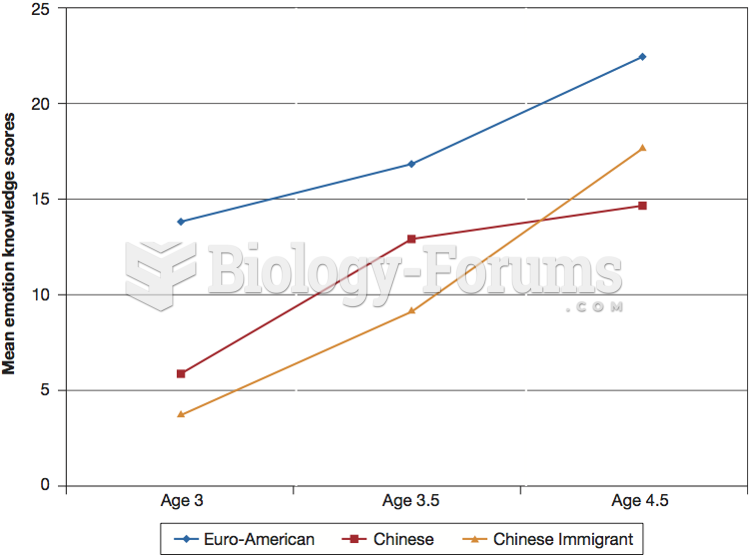Answer to Question 1
ANS: C
A family is who they say they are. Identified family members may or may not be blood related. Strong emotional ties and durability of membership characterize family relationships regardless of how uniquely they are defined. Even when family members are alienated, or distanced geographically, they can never truly relinquish family membership. Family function refers to the roles people take in their families. Family process describes the communication that takes place within the family. An ecomap is essentially a sociogram, illustrating the shared relationships between family members and the external environment. Beginning with an individual family unit or client, the diagram extends to include significant social and community-based systems with which they have a relationship. These data identify at a glance the family's interaction with environmental supports and its use of resources available through friends and community systems.
Answer to Question 2
ANS: B
Murray Bowen's family systems theory conceptualizes the family as an interactive emotional unit. Bowen believed that family members assume reciprocal family roles, develop automatic communication patterns, and react to each other in predictable, connected ways, particularly when family anxiety is high. Evelyn Duvall proposed a family life stage framework for understanding issues that normal families experience based on expected family development through the life span, each with its own set of tasks. Duvall's model describes the life cycle of a family, using the age of the oldest child in the family as the benchmark for determining the family's developmental stage. Developmental tasks represent the challenges and growth responsibilities each family experiences at different life stages. McCubbin & McCubbin's Resiliency Model of Family Stress, Adjustment, and Adaptation is considered the most extensively studied model of family coping with traumatic and chronic illness. In this model, A (an event) interacts with B (resources) and with C (family's perception of the event) to produce X (the crisis). Family structure models, pioneered by Salvador Minuchin, emphasize the structure (subsystems, hierarchies, and boundaries) of the family unit as the basis for understanding family function. Family structure refers to how the family is constructed legally and emotionally. The concept of hierarchy describes how families organize themselves into various smaller units, referred to as subsystems, that compose the larger family system.







